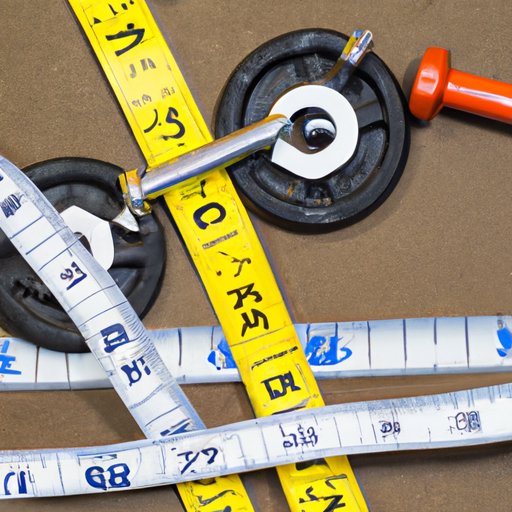
Introduction
Overload in fitness refers to the practice of pushing your body beyond its current limits in order to create a new level of fitness. This means progressively increasing the demands placed on the body during exercise in order to stimulate improvement. Overload is a key principle of fitness training, and without it, progress will be minimal.
The importance of overload in fitness cannot be overstated. If you continue to perform the same exercises or routines without increasing the intensity or volume, your body will adapt to this stress and progress will slow or halt altogether. By introducing overload, you force your body to work harder, which can lead to increased muscle strength, endurance, and cardiovascular fitness.
The Science Behind Overload in Fitness
The concept of overload in fitness is based on the physiological principle of adaptation. When the body is exposed to a new or increased level of stress, such as an intense workout, it will respond by adapting to better tolerate that stress in the future. This adaptation process is what leads to improved fitness and greater levels of strength, endurance, and performance.
By continuously challenging your body with new and progressively more demanding workouts, you can continue to elicit a response that leads to improved fitness. This is why it’s important to gradually increase the intensity, volume, or duration of exercises over time to ensure that the body is consistently being challenged.
Avoiding Plateaus and Achieving Progress
One of the major benefits of overload in fitness is that it can help you avoid plateaus in your progress. When you perform the same exercises or routines over an extended period of time, your body will eventually adapt to the stress of the workout, and you may experience decreased progress or even regress in your fitness level.
By introducing overload, you can continue to force your body to adapt to new stressors, which can help you avoid plateaus and continue making progress in your fitness journey.
Maximizing Your Workouts: Incorporating Overload Techniques Into Your Fitness Routine
There are several ways to incorporate overload techniques into your workout routine, including progressive overload, volume overload, and time under tension.
Progressive overload is the gradual increase of weight or resistance over time. This is accomplished by increasing the weight, reps, or sets of an exercise in small increments, usually between 2-10% each week.
Volume overload involves gradually increasing the total amount of work performed in a workout. This can be done by increasing the number of sets, reps, or exercises performed during a workout.
Time under tension refers to the amount of time a muscle is under tension during a single repetition. By increasing the time under tension, you can challenge your muscles in new ways and increase overall strength and endurance.
The Risks and Rewards of Overload in Fitness
While overload in fitness can lead to great progress, there are also potential risks associated with pushing your body beyond its current limits. These risks can include injury, muscle soreness, and fatigue.
To avoid these risks, it’s important to know your limits and gradually increase the intensity and volume of your workouts over time. It’s also important to allow for proper recovery time between workouts and to ensure you’re giving your body the nutrition it needs to support increased demand.
Challenging Your Body and Mind: The Benefits of Overload and How It Impacts Your Overall Fitness and Well-Being
There are numerous benefits to overload in fitness, including increased strength, endurance, and cardiovascular fitness. Overloading your body can also improve your overall mood and well-being. Challenging yourself and seeing progress in your fitness journey can boost your self-confidence and motivation.
When you challenge yourself physically, you also challenge yourself mentally. By pushing through physical limits, you can develop mental toughness and resilience that can carry over into other areas of your life. Overload in fitness can help you develop a growth mindset that focuses on progress and improvement rather than fear of failure.
Conclusion
Overload in fitness is a crucial aspect of any fitness routine. By challenging your body with new stressors and gradually increasing the intensity, you can avoid plateaus and continue making progress in your fitness journey. However, it’s important to know your limits and gradually introduce overload techniques into your routine to avoid injury and burnout. Just remember, the mental and physical benefits of pushing beyond your current limits can be truly transformative.





